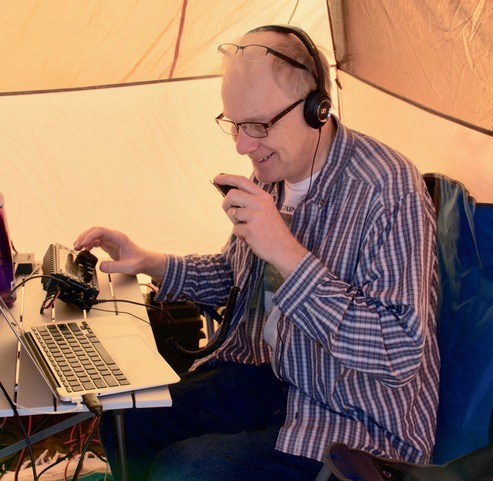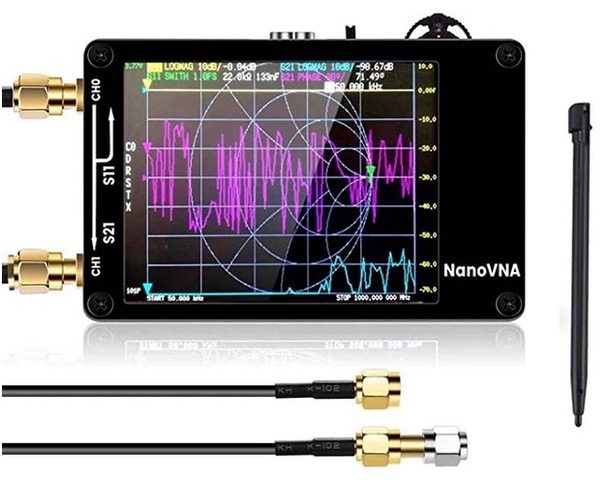Our April 13 presentation will describe and demonstrate the nanoVNA and some of its basic capabilities and practical uses for amateur radio, along with a couple of the available software packages that can be used to control it from your computer. The nanoVNA is a very useful and educational tool. It is far less expensive than commercial antenna analyzers, but is more versatile and fun to use. You do have to be a bit adventurous, since the nanoVNA started as an open-source community supported project, without much good documentation – but it has an excellent and very active online user community that is very knowledgeable and helpful.
Our speaker, Stan Dye (KC7XE) is an active WVARA member. He was first licensed over 45 years ago as a novice with callsign KA7JPQ. This call seemed to him to take forever to send in morse code, so only a few months later he upgraded to Advanced Class and received call sign KC7XE. A few years later he upgraded to Extra class. In 1984 Stan received a Master’s degree in Electrical and Computer Engineering from Brigham Young University, and began his career in Silicon Valley at a small high-tech think-tank named ESL, where he met several other ham radio operators who are (or have been) members of this club. Stan worked his entire career at ESL, which became part of TRW and later Northrop Grumman, doing advanced projects for defense intelligence operations. He became an expert in specialized digital communications signals and systems, designing and building hardware processors, DSP software and digital signal analysis algorithms. Stan received several honors and commendations for his work, including being named a Northrop Grumman Technical Fellow in 2005, and receiving the NGMS President’s Award for Innovation.


